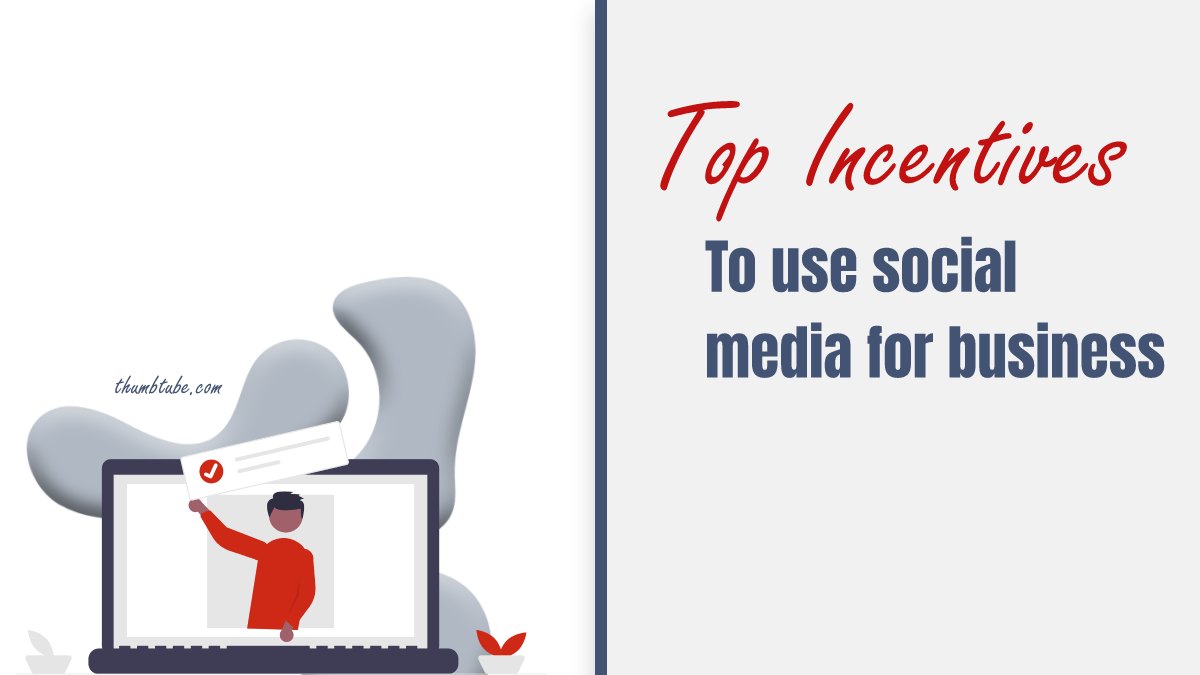Most businesses take a while before they can gain their footing in the industry. That results in weeks or months of waiting until they can break even and make profits. For most startups, traditional marketing means are too costly to consider, and their ROIs are not very attractive.
That’s why many of them turn to social media, which is one of the most effective marketing tools in the industry. Even so, reaping the benefits of social platforms is not always a guarantee. Business owners must thus understand which incentives they can use and which ones no longer work in this new decade. Without much further ado:
Use the Right Social Media Channels

You may come across some businesses that claim to have launched marketing campaigns on social media without positive results. But if you survey such businesses, you find that they cast their nets in the wrong waters. What does this mean? Suppose you want to target millennials. Do you know which platforms they are using?
It’s always important to think about what is most suitable for your target audience. That way, you can create content that speaks to them and boost social media likes and followers, resulting in leads. Otherwise, you will keep creating content that does not get enough engagement because the platform users do not respond to it.
For example, harnessing the power of video content through platforms like YouTube is crucial for engaging and expanding your audience. Moreover, partnering with a specialized YouTube influencer agency can significantly amplify your brand’s message and drive your business incentives forward.
Partner with Influencers
Regardless of your brand’s size, you cannot reach your entire target market. Some people will still slip your marketing tactics. So, how can you ensure that you reach more people? The easiest way to do this is to partner with influencers. These individuals have created communities in which their opinion sways other people’s purchasing decisions. You can probably think of a few influencers you would like to work with to promote your product. But how do you go about it?
- Find influencers who align with your brand: An influencer’s popularity does not mean that their audience will work for your product. Here’s an excellent example of alignment – a fitness influencer can augur well with a sportswear brand,
- Establish a connection with your influencer of choice – this is another opportunity to gauge the suitability of the influencer for your brand, and
- Incentivize the influencer – you can offer money, products, exposure, or any other items you and the influencer agreed upon.
Relationships are essential when working with an influencer. The better your connection is, the easier it will be to incentivize them to promote your products.
Have a Plan
Failing to plan is planning to fail. This statement holds a lot of water in social media strategies. Have you ever come across a page with so much content but none of it seems to tie to the brand’s vision? Creating content is the easy part. There is so much that you can use for inspiration.
However, creating content that consistently speaks to your brand and target audience is hard. But without this, you end up creating diverse content that can confuse people about what message you want to convey. How can you avoid this?
- Understand the type of content your audience wants to see: You can do this by reading surveys’ findings. However, this will likely change over time as you go through your analytics and figure out what has more engagement.
- Decide the content you will produce, e.g., images, videos, etc.
- Figure out how often you can post on your social media accounts: Consistency is vital to your growth. So, if you decide to post twice a week, you must keep doing this each week. Please note that the minimum number of posts differs by platform. For example, businesses can get away with at least one post per week on Instagram. But on Facebook, they must post at least once a day.
- Create enough content to last you a month and upload this to a social media scheduling tool. Then you can spend the next couple of weeks creating more content and analyzing what works and what you should eliminate.
Don’t forget to come up with KPIs for your Social media performance insights. What do you want to see happening at the end of the month?
Evaluate Your Progress
Reviewing the success or lack thereof of your strategy informs you what you need to do so you can better your performance.
The best way to do this is to:
- Decide your goal for a given period, e.g., to reach 10,000 followers in 4 weeks by posting 4 posts per week.
- Review how close you are to your goal at the end of the period. If it worked, look at which content performed the best and use similar content to push your goal to another level. If the strategy failed, review how the posts performed and look for insights into what could have gone wrong. Were you inconsistent? Were the posts not engaging enough? As you go through the engagement rates, you might realize that you missed a critical point.
- Evaluate the best practices for the said social media platform: Every platform has its tips and tricks, and it takes a while to understand what works. Delve into these secrets to find new ways to interact with your audience.
- Seek inspiration from similar businesses: Are your competitors thriving on social media? Find out what they are doing and see what you can borrow to relate more with your audience.
Failing to meet your goal is a learning curve. Please take advantage of it and use it as a lesson so that your future endeavors can be highly rewarding.
Create Ads
Organic growth is always the goal for most businesses. But this takes a while. So, if you want to reach your target market faster, you can always use paid ads where you can decide who gets to see the ad. Tailor it to meet your buyer persona and launch it, and you will soon start seeing more action on your social media.
Which of these incentives would you borrow and why?




